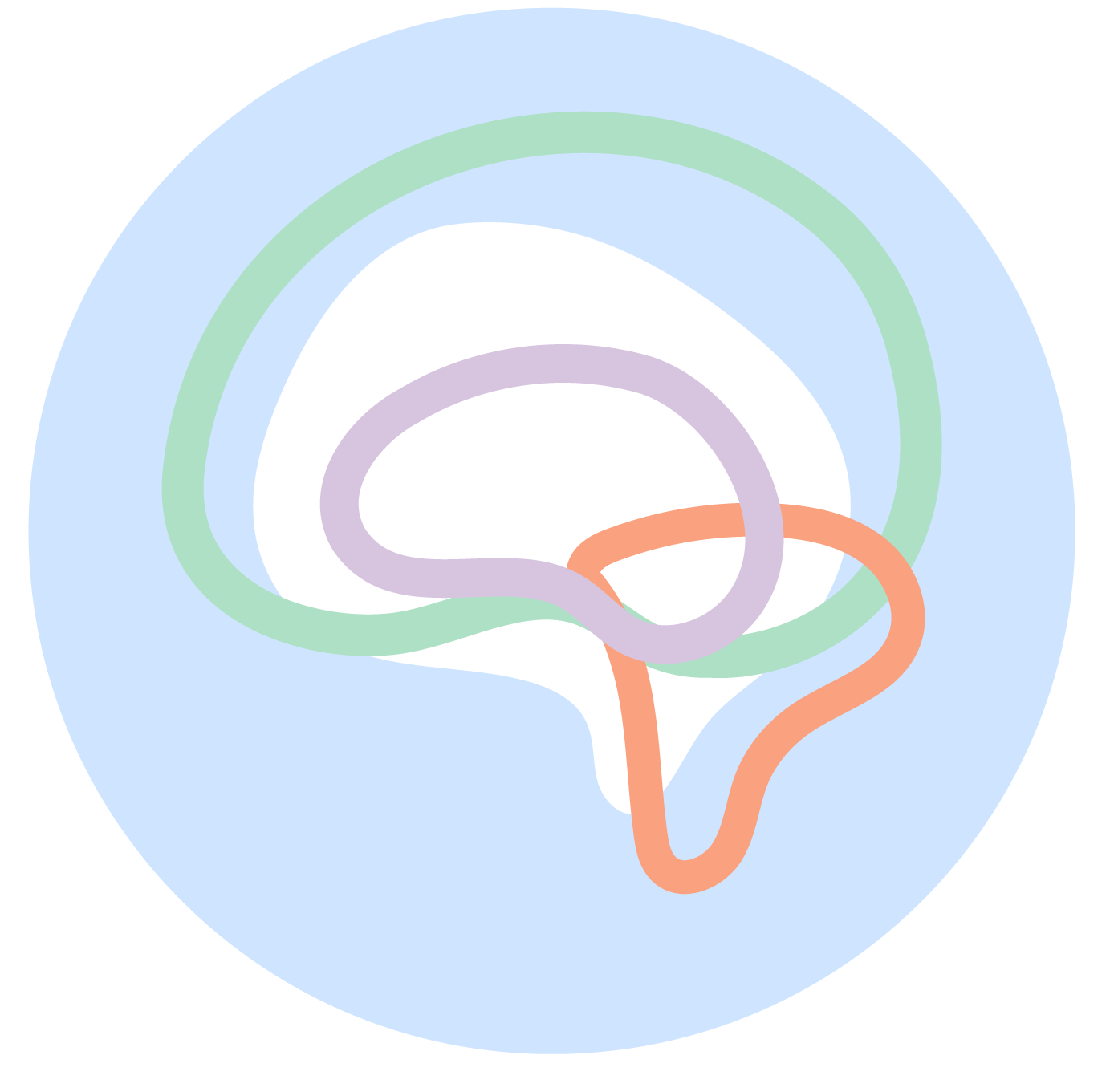Confidence Boost: 28 Affirmations for Self-Love
Sometimes we need a little boost of confidence. One way to do this is through positive affirmations. Affirmations are short, positive statements that we say aloud or in our heads. It’s a way to show kindness and self-love to ourselves and can be useful in helping us navigate a challenge or big emotions. And the science agrees!
One of the leading theories behind positive affirmations is the self-affirmation theory developed by psychologist, Claude Steele. This theory suggests that individuals are motivated to maintain a positive self-view, and threats to self-view can be restored by self-affirmations that help them to reflect on sources of their self-worth [i]. Research suggests that positive affirmations can lead to:
reduced stress
improved health behaviors and decision-making
improved confidence
strengthened resilience
and more [ii]
How do they do this? Well, positive affirmations lead to these outcomes through a thing called neuroplasticity. Neuroplasticity is our nervous system’s ability to change its activity or how it works [iii]. In other words, it is the rewiring of the brain - helping you turn negative thought patterns into positive ones.
Positive affirmations can be repeated aloud or in your head - when you’re brushing your teeth, in the car, before bed, or when you need a little pick me up to help you face a challenge. Check out and download this list of 28 Affirmations for Self-Love! Put it somewhere you can reflect on it whenever you need it. Keep growing the list and add your own!
-
[i] Moore, C. P. (2022, September 12). Positive Daily Affirmations: Is There Science Behind It? PositivePsychology.com. https://positivepsychology.com/daily-affirmations/
[ii] Cascio, C. N., O’Donnell, M. B., Tinney, F. J., Lieberman, M. D., Taylor, S. E., Strecher, V. J., & Falk, E. B. (2015). Self-affirmation activates brain systems associated with self-related processing and reward and is reinforced by future orientation. Social Cognitive and Affective Neuroscience, 11(4), 621–629. https://doi.org/10.1093/scan/nsv136
[iii] Puderbaugh M, Emmady PD. Neuroplasticity. [Updated 2022 May 8]. In: StatPearls [Internet]. Treasure Island (FL): StatPearls Publishing; 2022 Jan-. Available from: https://www.ncbi.nlm.nih.gov/books/NBK557811/

